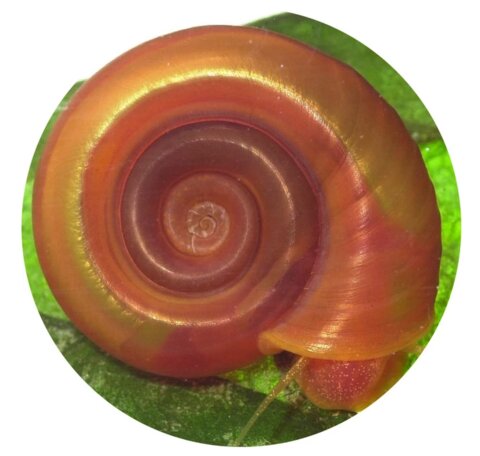Accelerating snail vector genomics

Summary
The three most important genera of snails for the transmission of schistosomes are Bulinus, Biomphalaria and Oncomelania. Each of these genera, found in two distantly related families, includes species that act as the intermediate host for one of the three most widespread schistosome species infecting humans, Schistosoma haematobium, S. mansoni and S. japonicum, respectively. An important step in the fight against schistosomiasis in Asia has been taken with the publication of the article “Chromosome-level genome assembly of Oncomelania hupensis: the intermediate snail host of Schistosoma japonicum”, which means that genomes for all three major genera, including species across three continents, are now available in the public domain. This includes the first genomes of African snail vectors, namely Biomphalaria sudanica, Bi. pfeifferi and Bulinus truncatus, as well as high-quality chromosome level assemblies for South American Bi. glabrata.
Most importantly, the wealth of new genomic and transcriptomic data is helping to establish the specific molecular mechanisms that underly compatibility between snails and their schistosomes, which although diverse and complex, may help to identify potential targets dictating host parasite interactions that can be utilised in future transmission control strategies. This new work on Oncomelania hupensis and indeed studies on other snail vectors, which provide deep insights into the genome, will stimulate research that may well lead to new and much needed control interventions.
Traduction en français
Les trois genres de mollusques les plus importants pour la transmission des schistosomes sont Bulinus, Biomphalaria et Oncomelania. Chacun de ces genres, que l'on retrouve dans deux familles éloignées, comprend des espèces qui servent d'hôtes intermédiaires pour l'une des trois espèces de schistosomes les plus répandues chez l'homme, à savoir Schistosoma haematobium, S. mansoni et S. japonicum, respectivement. Une étape importante dans la lutte contre la schistosomiase en Asie a été franchie avec la publication de l'article "Chromosome-level genome assembly of Oncomelania hupensis : the intermediate snail host of Schistosoma japonicum", ce qui signifie que les génomes des trois principaux genres, y compris les espèces de trois continents, sont désormais disponibles dans le domaine public. Il s'agit notamment des premiers génomes d'escargots vecteurs africains, à savoir Biomphalaria sudanica, Bi. pfeifferi et Bulinus truncatus, ainsi que d'assemblages chromosomiques de haute qualité pour Bi. glabrata d'Amérique du Sud.
Plus important encore, la richesse des nouvelles données génomiques et transcriptomiques aide à établir les mécanismes moléculaires spécifiques qui sous-tendent la compatibilité entre les mollusques et leurs schistosomes, qui, bien que divers et complexes, peuvent aider à identifier des cibles potentielles dictant les interactions hôte-parasite qui peuvent être utilisées dans les futures stratégies de contrôle de la transmission. Ce nouveau travail sur Oncomelania hupensis, ainsi que les études sur d'autres mollusques vecteurs, qui fournissent des informations approfondies sur le génome, stimuleront la recherche qui pourrait bien déboucher sur de nouvelles interventions de contrôle très nécessaires.